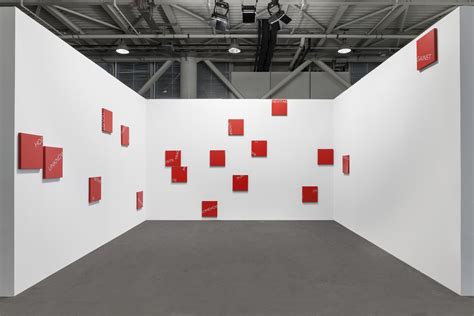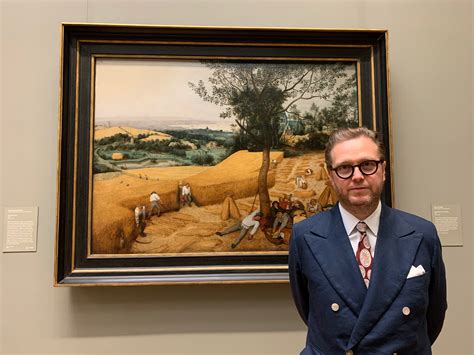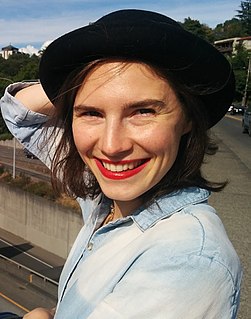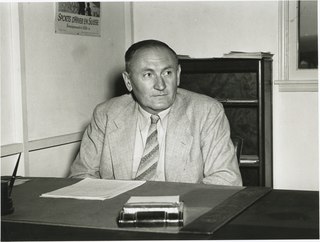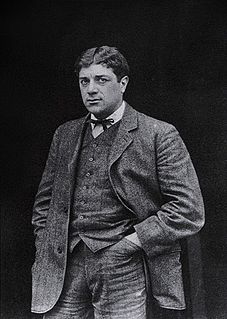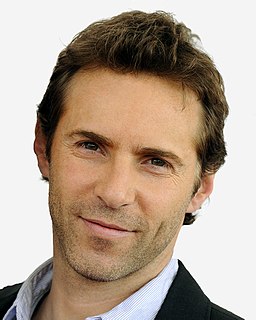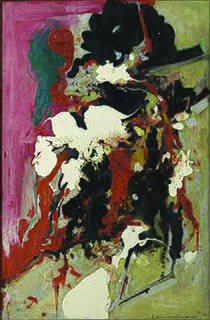A Quote by Daniel Buren
If I do something for a public space, it's not something that I have in my head and go, "Oh that's a good location. I should put it here." That for me never exists. When I see the site, then I have an idea that is new and I would never do unless it's there. It's the space or the people there, which will give me the idea.
Related Quotes
I've known people who had fantastic ideas, but who couldn't get the idea off the ground because they approached everything weakly. They thought that their ideas would somehow take off by themselves, or that just coming up with an idea was enough. Let me tell you something - it's not enough. It will never be enough. You have to put the idea into action. If you don't have the motivation and the enthusiasm, your great idea will simply sit on top of your desk or inside your head and go nowhere.
I really believe in empty spaces, although, as an artist, I make a lot of junk. Empty space is never-wasted space. Wasted space is any space that has art in it. An artist is somebody who produces things that people don't need to have but that he, for some reason, thinks it would be a good idea to give them.
The idea of, say, the compressed space between the floor and the object hanging over it and then the long space between the object and the ceiling was a kind of interesting idea for me - the idea of compressing and expanding. That was an idea that I worked with, which you could only do sculpturally. You can't really do with a painting on the wall.
I'd really like people to see me as a real actress, which I am, but they don't. It's hard to get them to see me as a musician, they just see me as a hanger-on to the Stones, which is not what I am at all. It's a good idea, and if something like that would turn up I could do a whole television show. I've thought about playing a landlady, sort of a mad '60s lady, this absolutely insane character. I would love it. It's a great idea.
I was trying to develop a completely new, nonvoyeuristic approach to the female body as something other than a visual object. I wanted to find out what happened when you leave behind the voyeuristic mode and confront people with reality. But that's what was so interesting for me to discover: People don't want to see reality. It's a pretty simple idea, really, this question of how we deal with reality. When something is constructed, when it's projected onto a screen, it's acceptable, but it's different when it's there in front of you in a public space.
Two years ago I focused on one apartment to see how many variations you can come up with in a given space with the same parameters. I would work on this repeatedly for days and you see that there is maybe seven hundred options for one space. This exercise gives you an idea of the degree at which you can interpret the organization of space, it is not infinite but it's very large.
I don't need to feel 100% safe, but I have to feel like there's room for me to go a little bit insane if I'm going to have good ideas. Because a good idea is a new idea and if you start going around like, "I have this new idea!" most people are gonna be like, "I've never heard that before, that sounds fishy."
It's almost like living a double life where I'm in a limbo space where Amanda Knox, a real person, exists, 'Foxy Knoxy,' an idea of a person, exists, and I'm constantly having to juggle how someone is interacting with me based upon that two-dimensional person of me that has been in the public's imagination for so long.
For me space rock is something that takes you out of yourself and out of your normal realm. And if space happens to be that inner space or outer space it's a very personal thing. I think that mantra is space music. I think that Native American tribal drumming is space music. Anything that allows you to go inward to go outward and to move within a space that is not normal to your reality.
What greatly attracted me - and it was the main line of advance of Cubism - was how to give material expression to this new space of which I had an inkling. So I began to paint chiefly still lifes, because in nature there is a tactile, I would almost say a manual space... that was the earliest Cubist painting - the quest for space.
I don't separate Robert DeNiro's comedy from the serious stuff. The one thing I realize working with him in all of his work, is that he doesn't do anything unless something happens to him in scenes - unless something happens to make him react. He never came in with a set idea of how he was going to do it, he never came in with guns blazing. He would just show up and wait to see what happened.



